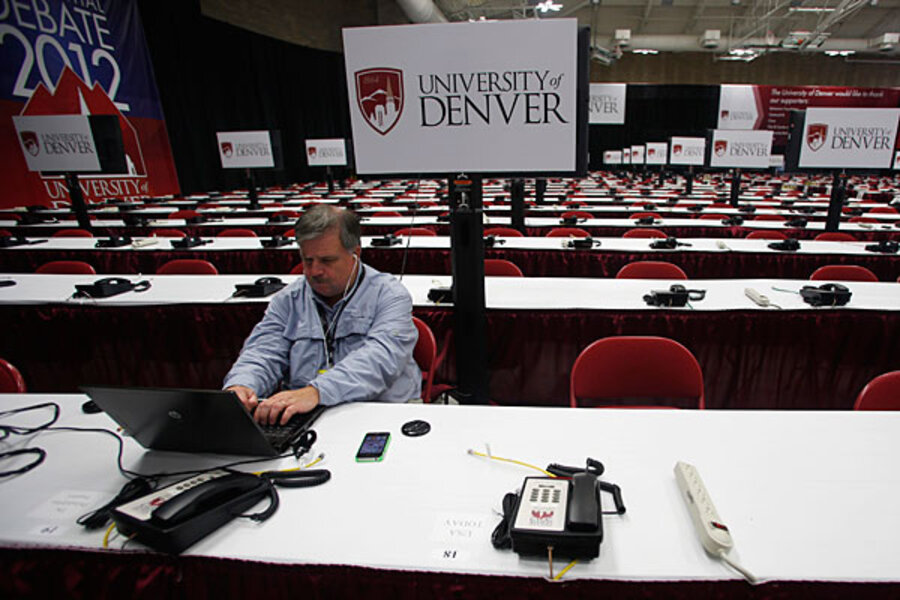If the "news media" are biased, then the buck stops with real people, presumably those who work at newspapers, magazines, and broadcast newsrooms.
No, news organizations aren't biased
Many journalists try to check their partisan preferences at the newsroom door and try to offer balanced stories to inform the public. Their reporting is still subjective, but this ideal puts some constraints on bias. Also, journalists of all stripes are subject to critique from "fact checkers" within the profession, as well as from "fact checkers of the fact checkers" outside the mainstream media.
"Politico’s media criticism criticized by media critics" was one headline this year at the Poynter Institute's journalism website. Another one from Poynter in September: "Washington Post fact-checker, columnist fact-check each other."
The media are more diverse than ever. The world of journalism now includes a range of bloggers, commentators, and columnists who wouldn't have had such a voice in the era before the Internet and cable TV. Biases are becoming more transparent. And they aren't always liberal. Sometimes it's conservative bias, or a bias toward conventional rather than unusual views.
Yes, they are
Consider the results of a 1997 survey of newspaper staffs across America. It found a liberal tilt, especially at large papers. "On papers of at least 50,000 circulation, 65 percent of the staffs are liberal/Democrat or leaning that way, and 12 percent are conservative/Republican or leaning that way," the American Society of Newspaper Editors (ASNE) said in releasing its survey results.
The gap at smaller papers was less pronounced, but still "predominantly liberal" by 51 percent to 23 percent. Within editorial-page departments, the survey found, the share of conservatives or independents was higher than it was in newsrooms at large.
The conservative Media Research Center cites other studies done before and since the ASNE one – including surveys focused on the Washington press corps – that also found liberal viewpoints outnumbering conservative ones by a wide margin.






